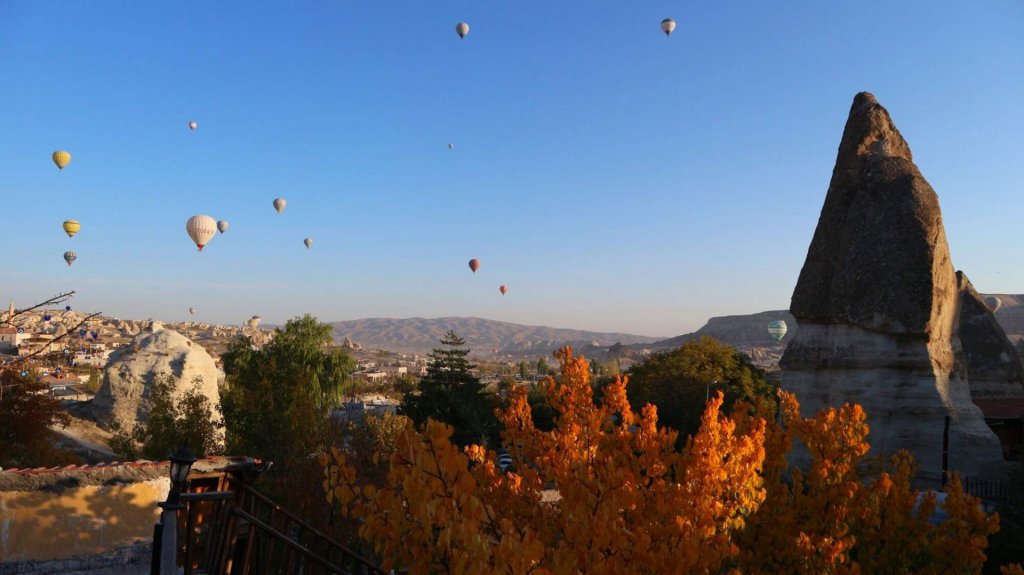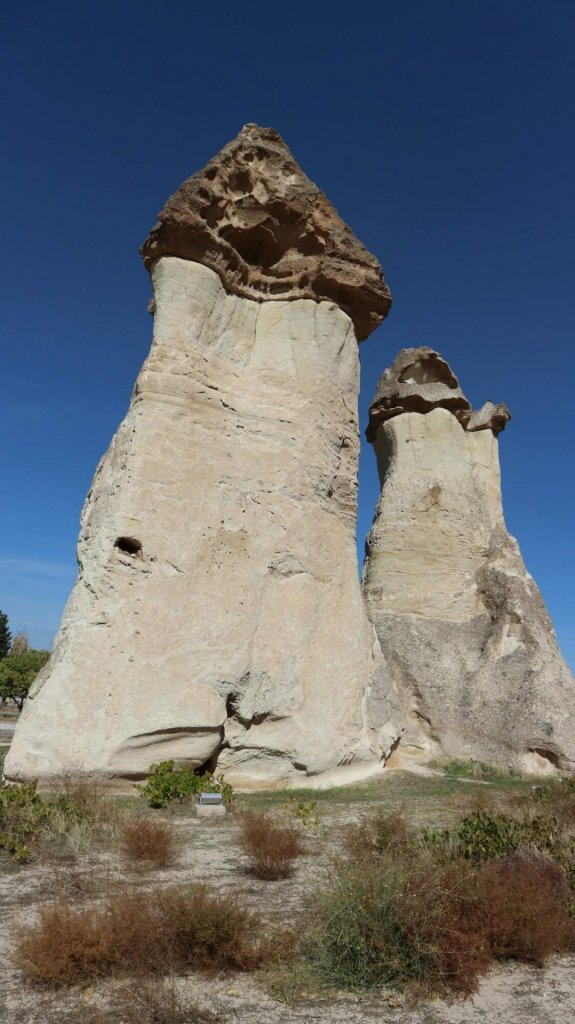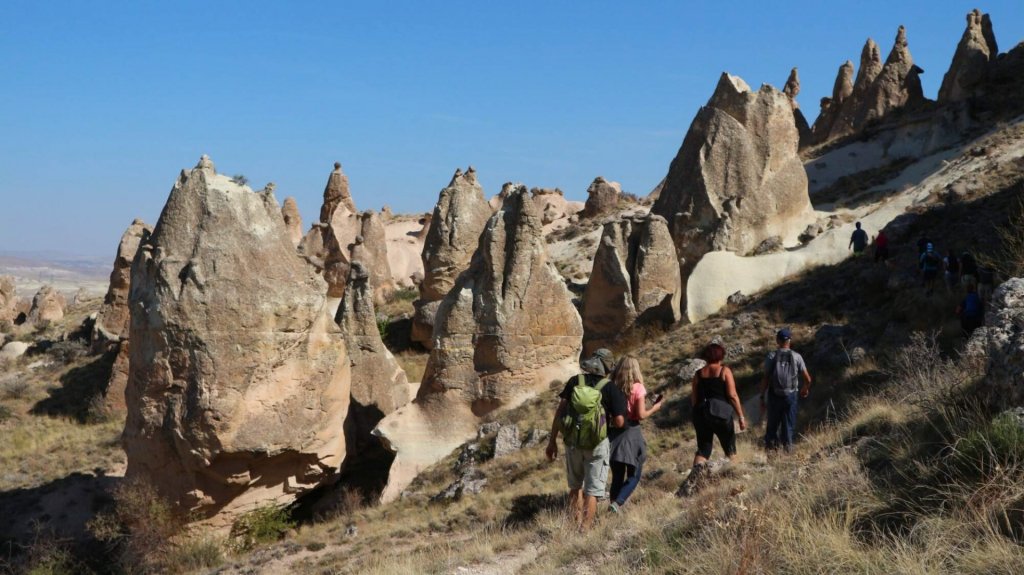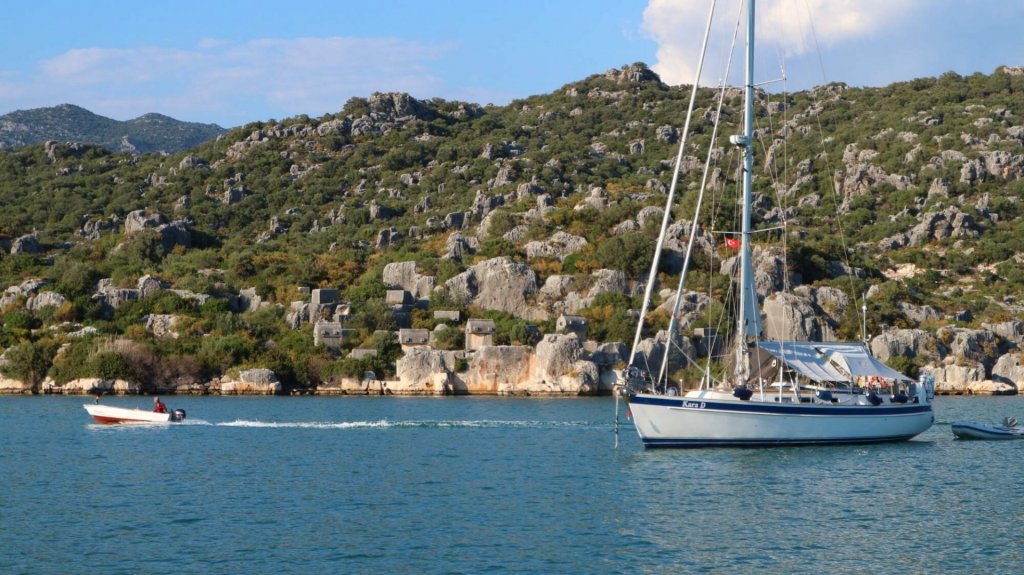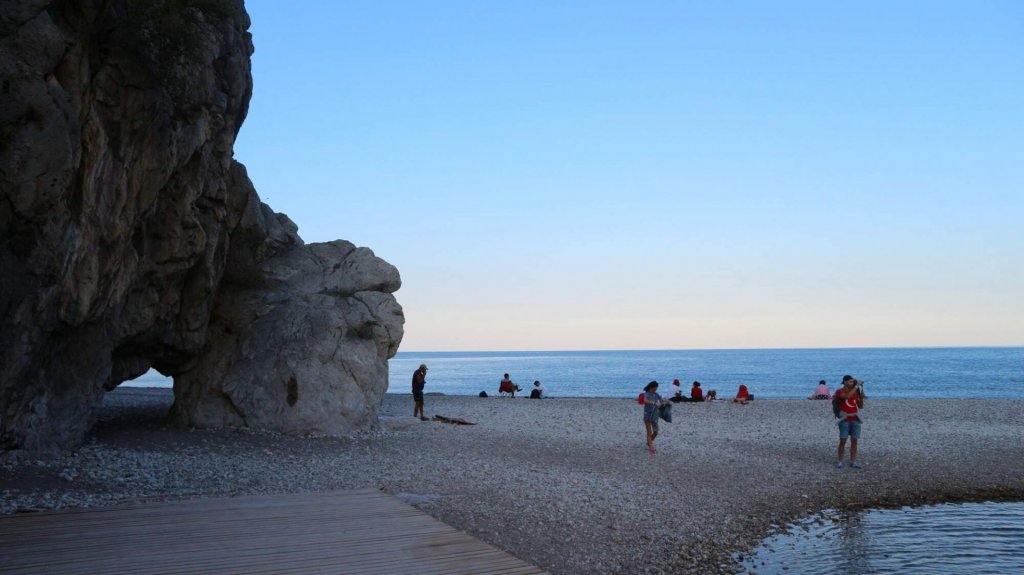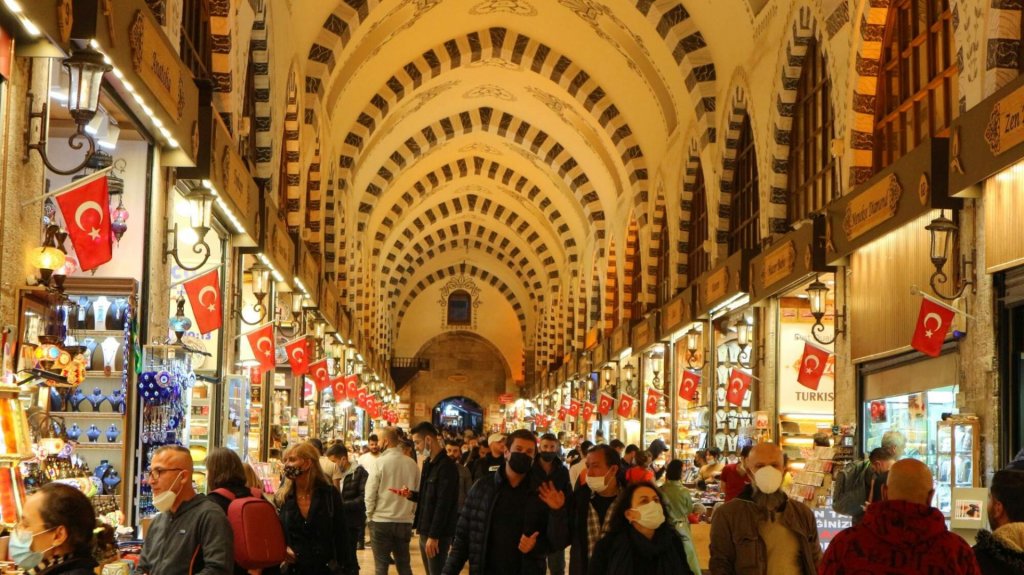7. 9. 2022
To Turkey in search of the jewels of Central Anatolia
Turkey is the land of mosques, Cappadocia, ancient monuments, kebabs and
beaches. Yes, undoubtedly these and much more. But that description falls short
of the mark for a country with such breathtaking landscapes, great cuisine and
an endless array of alluring forms.
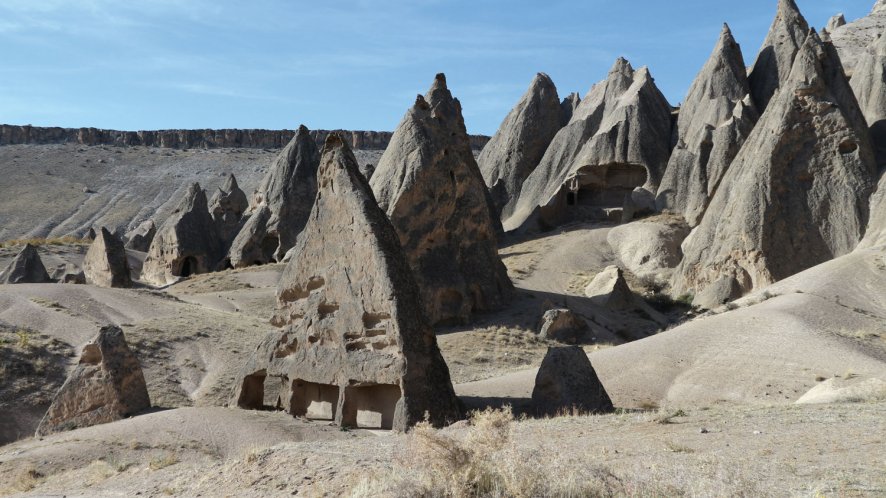
Text and photo: Robert Bazika, Traveler and guide of the travel agency Kudrna Brno
3 hours by air from Prague | 80 million inhabitants | 40 nationalities and minorities
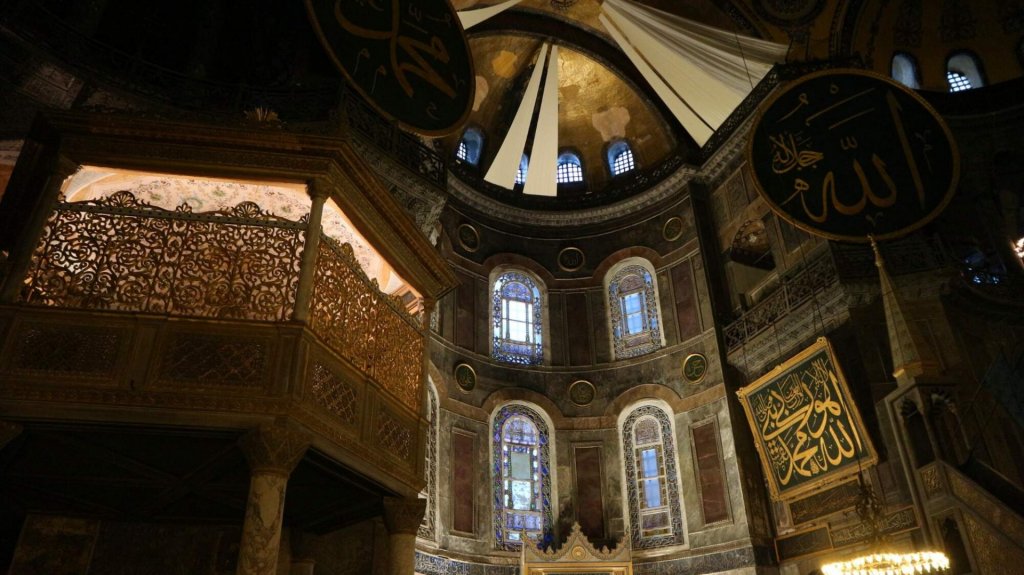
First hopping over to Constantinople
Thanks to its dramatic history, Turkey is endowed with a myriad cultural gems. You will swear this is the case, as I did, just after arriving in Istanbul, once known as Tsargrad or Constantinople. Behold the colossal monuments representing the unlimited wealth and power of the Ottoman sultans, the colors and smells of markets and bazaars, but also the daily hustle and bustle of locals and throngs of tourists speaking mainly Russian, buying up cheap Chinese counterfeit consumer goods of designer fashion. I, too, began my journey through one of the world’s most amazing countries right here in this grand city on the Bosphorus Strait. I marveled at the Sultan Suleiman Mosque, climbed the Galata Tower, soaked up the humble morning atmosphere of the Hagia Sophia Grand Mosque, rode the late 19th-century subway pulled by a cable between the rails, sailed under the grandiose bridges connecting Europe with Asia and weaved through the evening crowds of the Egyptian Market, but I never really found the real Turkey here. After all, not even the famous kebab dominates here. Instead, they sell balık ekmek, a fried mackerel in Turkish bread, on every corner. And so, instead of taking a comfortable flight over to the tourist center of Cappadocia, I decided to search for the true face of Turkey by wandering the country. And it wasn't all that uncomfortable. To escape from Istanbul, I choose a high-speed train whose comfort and speed of 250 km/h easily surpass those of the Czech train “Pendolina”. By the tunnel-bridge-tunnel-bridge method, I arrive at the gates of central Anatolia in four hours.
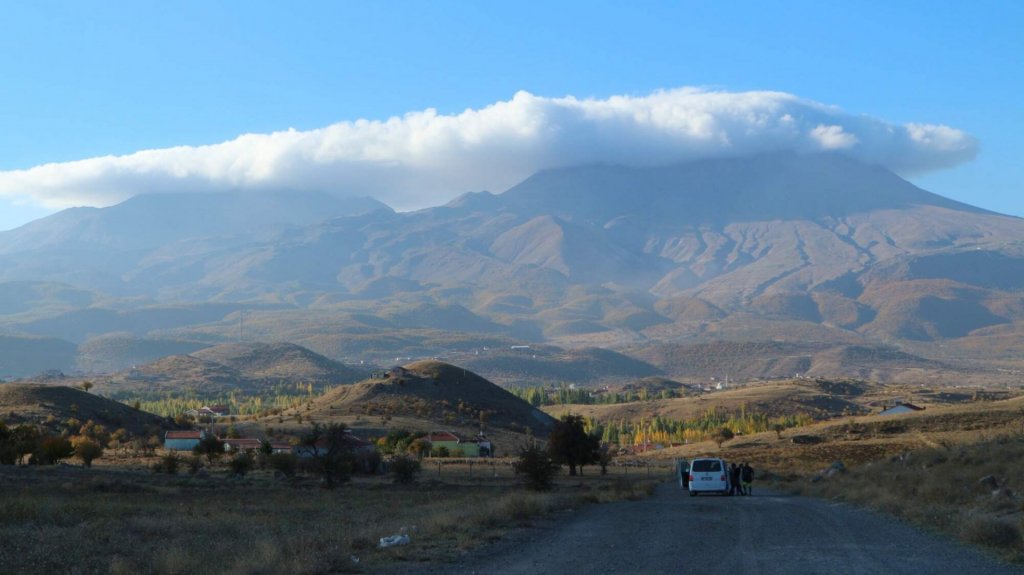
Whirling dervishes
The ancient pilgrimage town of Konya is still rather prudish despite the turbulent economic development. Women walk here strictly veiled, and I have to endure today's heat in long clothing, especially if I want to visit the former monastery of the dervishes of the Bektashi Order. The sprawling area is dominated by a cylindrical tower beautifully lined with turquoise tiles. Inside I find the tombs of prominent Bektashists, in an ornate chest a precious relic, the hair of the Prophet Muhammad, and instead of a crowd of Muslim and non-Muslim pilgrims, Covid-induced peace for contemplation. Dervishes of this order spin in their rituals to get into a trance that helps them communicate with Allah. While doing so, they wear long heavy skirts to keep their balance while rotating. Sometimes they hammer a nail into the floor and clinch it between their thumb and forefinger.
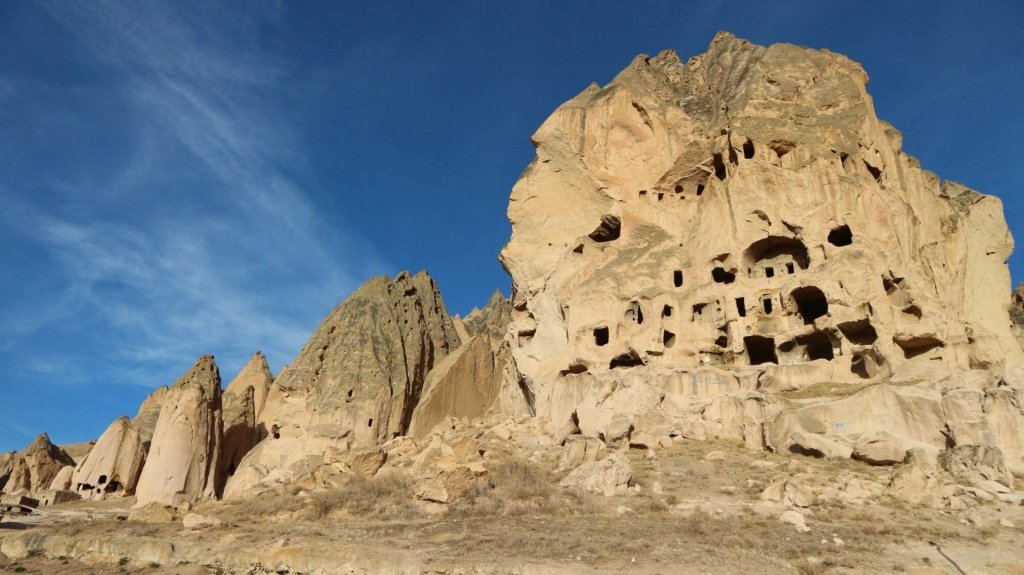
A Thousand and One Churches and the Turkish Dead Sea
Turks are born merchants and for money they will offer tourists anything. It is no problem to book and rent a car in advance at one end of Turkey and turn it in at the other. And so I set off on another pilgrimage in a modern carriage. Turkey is huge, there's plenty of room for everything, and four-lane roads connecting larger cities are the standard here. Nevertheless, I soon realize that the two weeks set aside for my tour through central and southern Turkey will hardly be enough time for me. The wind lifts the dust in the rolling Turkish highlands and envelops the majestic volcanic cones on the horizon in a haze. At the foot of one of them, Mount Karadağ, I find dilapidated mountain villages, flourishing center of Byzantine Christians in the 3rd to 8th centuries CE, bearing the orient-infused name of A Thousand and One Churches. They love it that way, you know, the fantastic stories of A Thousand and One Nights... Among the stone arches of the ruins of monasteries, cisterns and churches, of which over fifty once stood, the last villagers live. Who knows if they know that it was here in the early days of our era that the revered Christian missionary, the Apostle St. Paul, preached the gospel. The autumn landscape is scorched by the summer sun into rusty shades, only here and there the fields still cultivated by the natives turn yellow. Large cooperative farm fields of grain and corn, if not irrigated, lie fallow. Precious moisture is also needed to grow grass for cattle. The mirror of the surface of the crater lake Acıgöl, where I stop for the evening, seems to be an even greater revelation. What's more, this Turkish "Dead Sea" is hellishly salty.
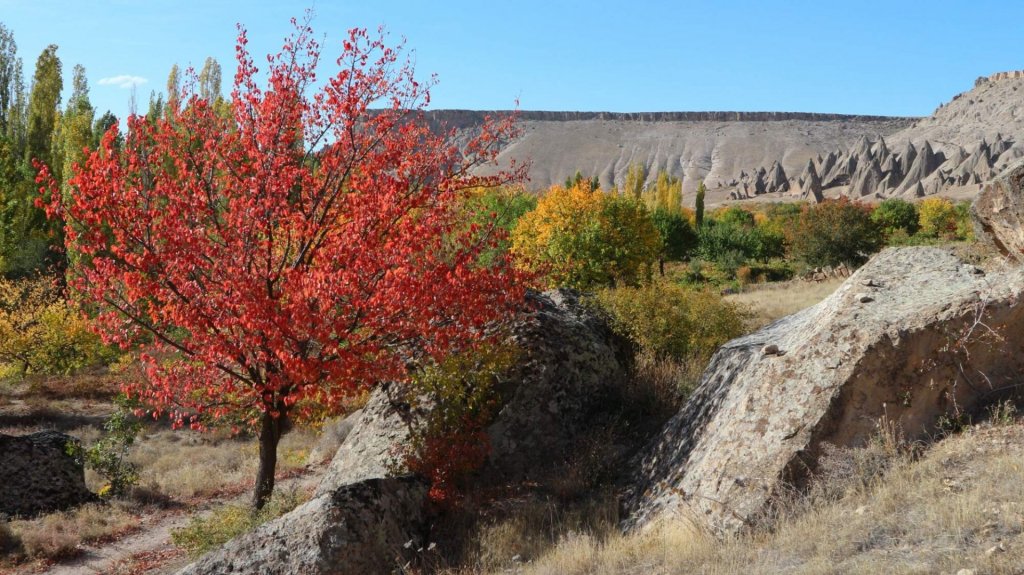
Hidden Byzantium
At the foot of the 3,000 m high volcanic Mount Hasan, my guidebook invites me to a fifteen-kilometer walk through the canyon of the Ihlara Valley, supposedly the most beautiful in all of Turkey. Into the 150-meter rocky rift, I descend 400 steps featuring vistas and the first collection of Byzantine cave churches, hollowed out in the tuff rocks of the canyon, of which there are about fifty in the valley. I explored six of them myself, maybe eight, in a single day, until my head was spinning from all the halls, the wall frescoes, the monk's dungeons and everything else. The valley had been inhabited by Byzantine monks hiding from Muslim armies since the 7th century CE. When the colorful valley finally opens up, it offers me Cappadocia’s first magnificent "mushroom fields”, i.e. tuff mounds and cones featuring dozens of cave dwellings hollowed out ages ago. Fatigue from the day’s hike is overpowered by two rock monasteries near the settlement of Selime. While crowds of tourists flow into the first one by the road, the second one – St. Anne – seems to interest no one. And it is here that I find two rock churches, whose beautiful facades are highly reminiscent of the famous monuments in Petra, Jordan.
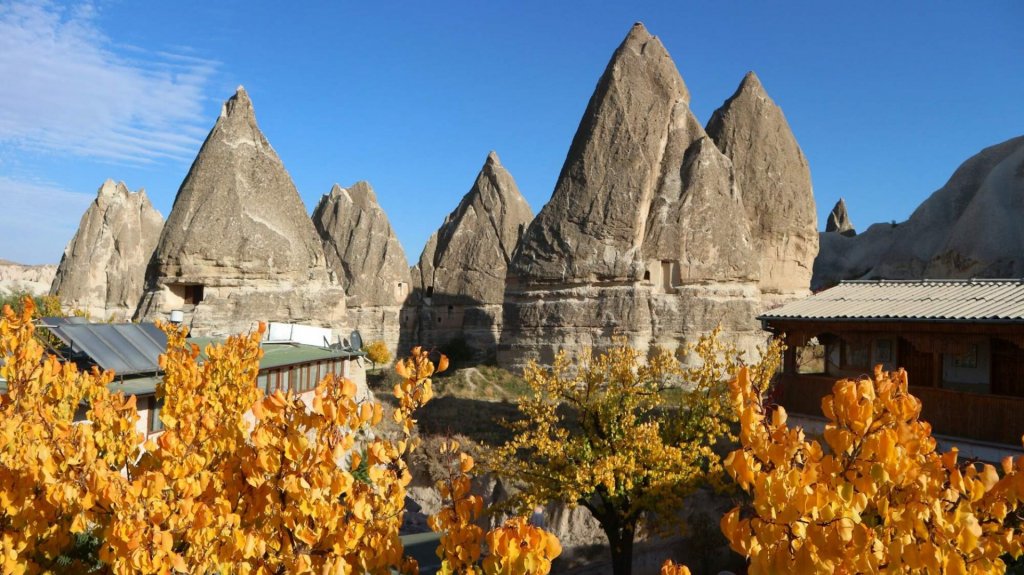
Nothing for claustrophobics
The peak period of Turkish Byzantium is associated with constant territorial struggles against Persians, Seljuks, Arabs and other Muslim armies. At that time, 37 underground settlements were established in central Anatolia. The next day I plunge into one of the largest and definitely the deepest underground, in the city of Derinkuyu. Already in the 5th century, the Byzantines began to dig a labyrinth of corridors and quarters, which they gradually deepened to eight floors. They complemented the horizontal corridors with vertical wells (the meaning of the word “Derinkuyu”), which also served as ventilation and communication shafts. When the enemy approached, they extinguished fires in the underground, and many times the intruder never even found the underground settlements. I gradually descend to a depth of 60 meters. It's nothing for claustrophobics In several places, I practice “marching” in a squat. They certainly did not expect people to be half a meter taller one day. In the underground of the city there are also two large sacral spaces, one in the shape of a cross served as a church, the other with vaults and columns used as a prayer room. However, life here must have been extremely difficult. Cold, dark, harsh, narrow. It was definitely an experience I felt very deeply.
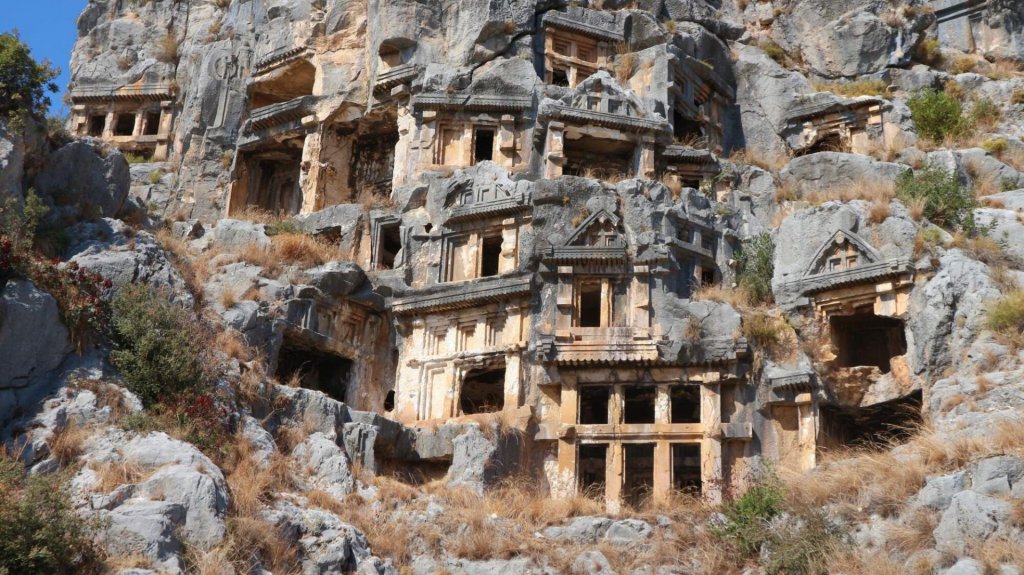
Cappadocia
After a week's journey, I finally arrive in the center of Cappadocia, in the town of Göreme. Already on the way there, you can enjoy bizarre views of the erosion-wrinkled ridges of the hills and the surrounding plains adorned with rock formations known as “fairy chimneys” - resembling bread loaves and cones of capped mushroom-shaped towers. While in the vast area of Cappadocia, these natural gems are admired free of charge, here they are declared "open-air museums" and everywhere a hefty entrance fee is charged. Yet hundreds of tourists flock here every day. Everywhere you’ll find the bustle of cars, hustlers offering overnight lodging in hollowed-out cave dwellings and advertisements in the Cyrillic alphabet. Horses along the roads have long since been replaced by hundreds of four-wheeled vehicles. A materialized tourist wilderness. The highlight of these delights is the annual launch of hundreds of hot air balloons. Even before dawn, the hum of burners can be heard across the valley. By sunrise, thousands of balloonists have already completed half of their hour-long flight. A breathtaking game begins of long shadows of wrinkled table-top hills decorated with a hundred brightly colored lanterns. Fifteen years ago, no one had heard of this attraction, but today I recommend booking a balloon flight even two days in advance. It does not reach that high every day for everyone, but the price of the flight can climb to 100 euros. Those who skip the balloon ride can go watch the spectacle unfold on a high rock castle viewpoint above the settlement of Uçhisar. The views of the whole area are completely disarming. And one more trip you should not miss. A ten-kilometer hike through the fantastic Pink Valley. Here, too, we find dozens of rock dwellings and modest terraced fields hidden under the high rocks of the canyon. Perhaps the valley got its name for the red apples of the modest gardens of the ancient inhabitants. Or perhaps for the blush-red color of the surrounding rocks. In addition, waters running through the life-giving stream channel have carved out several tunnels in the canyon, through which the only access road leads through the valley. What a great experience. At the end of this tunnel, a breathtaking example of an ancient rock city suddenly appears - Çavuşin. Thanks to the earthquake that once tore down part of it, we can observe a naked cut through hollowed out cave dwellings. Beyond Çavuşin, you can enjoy more fairy chimneys and the rock town of Zelve. But all things are wished for once. And Turkey is so vast and so beautiful. Time to move on again.
